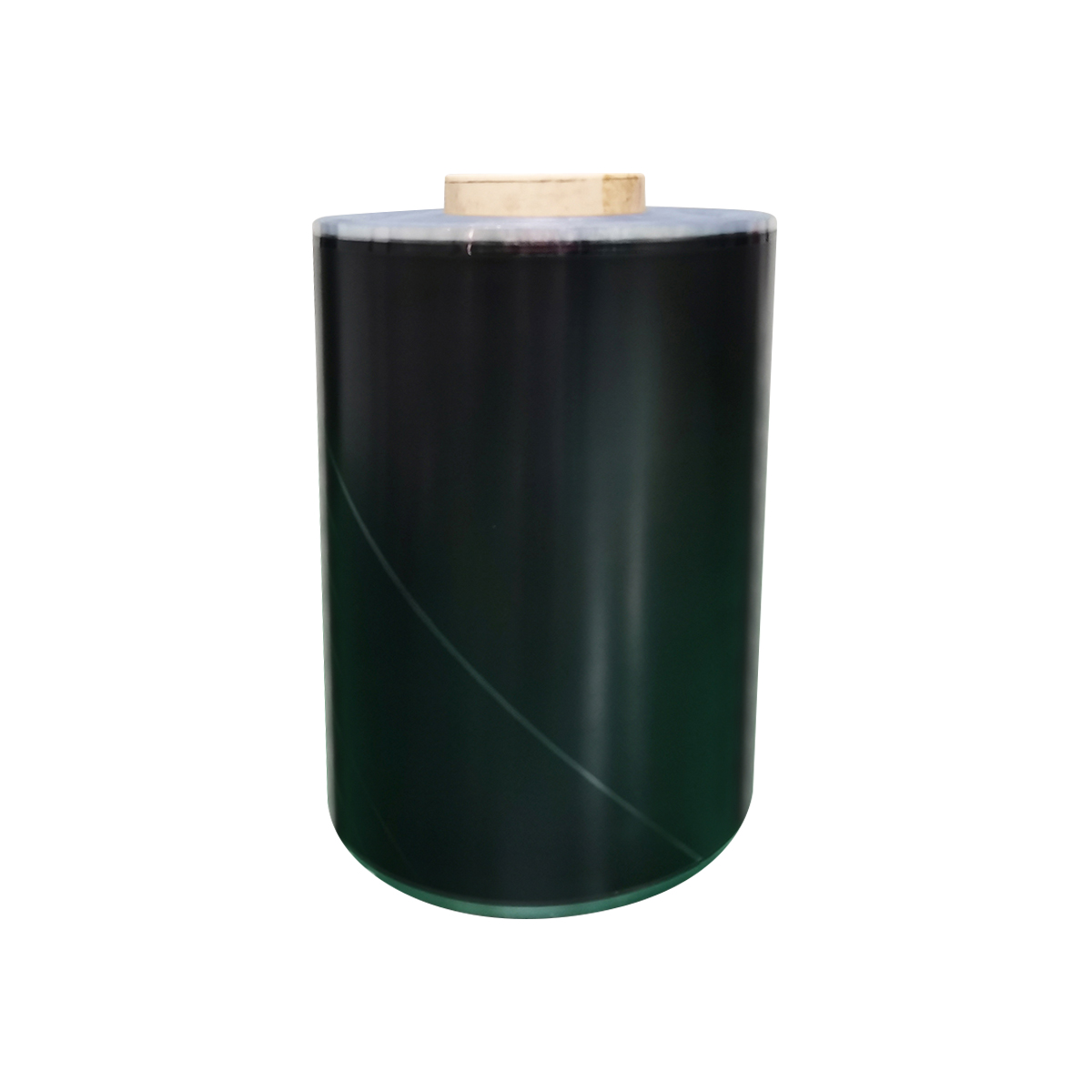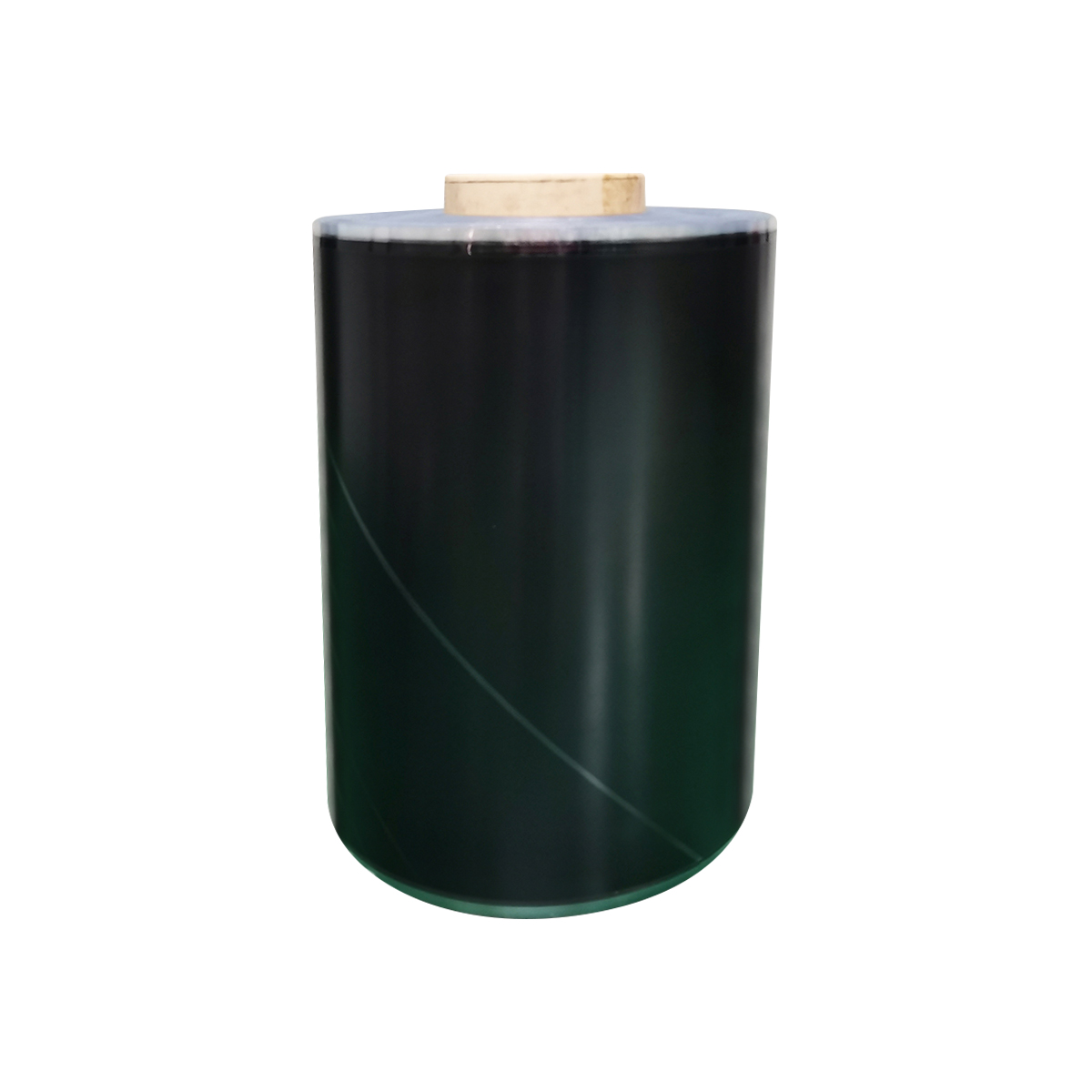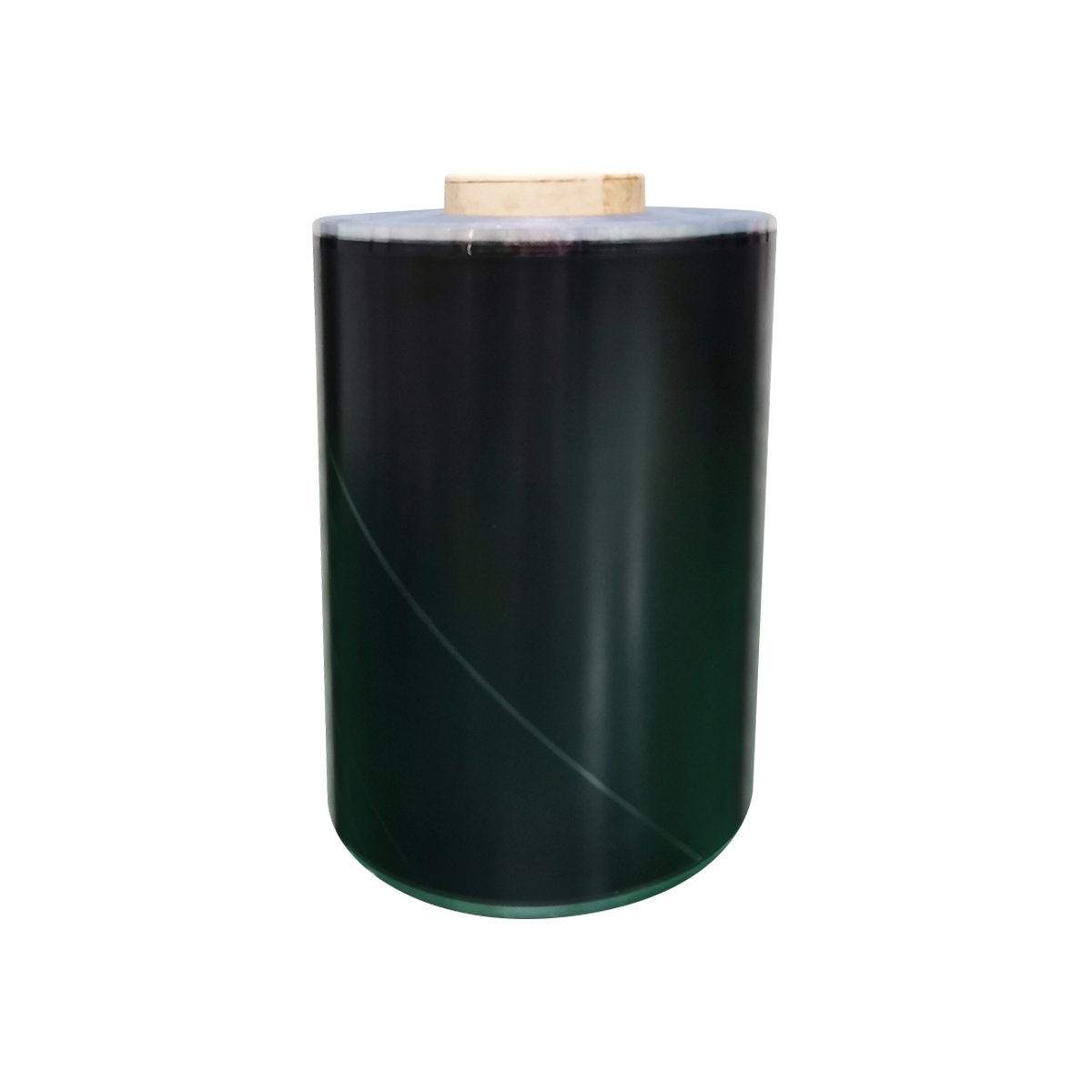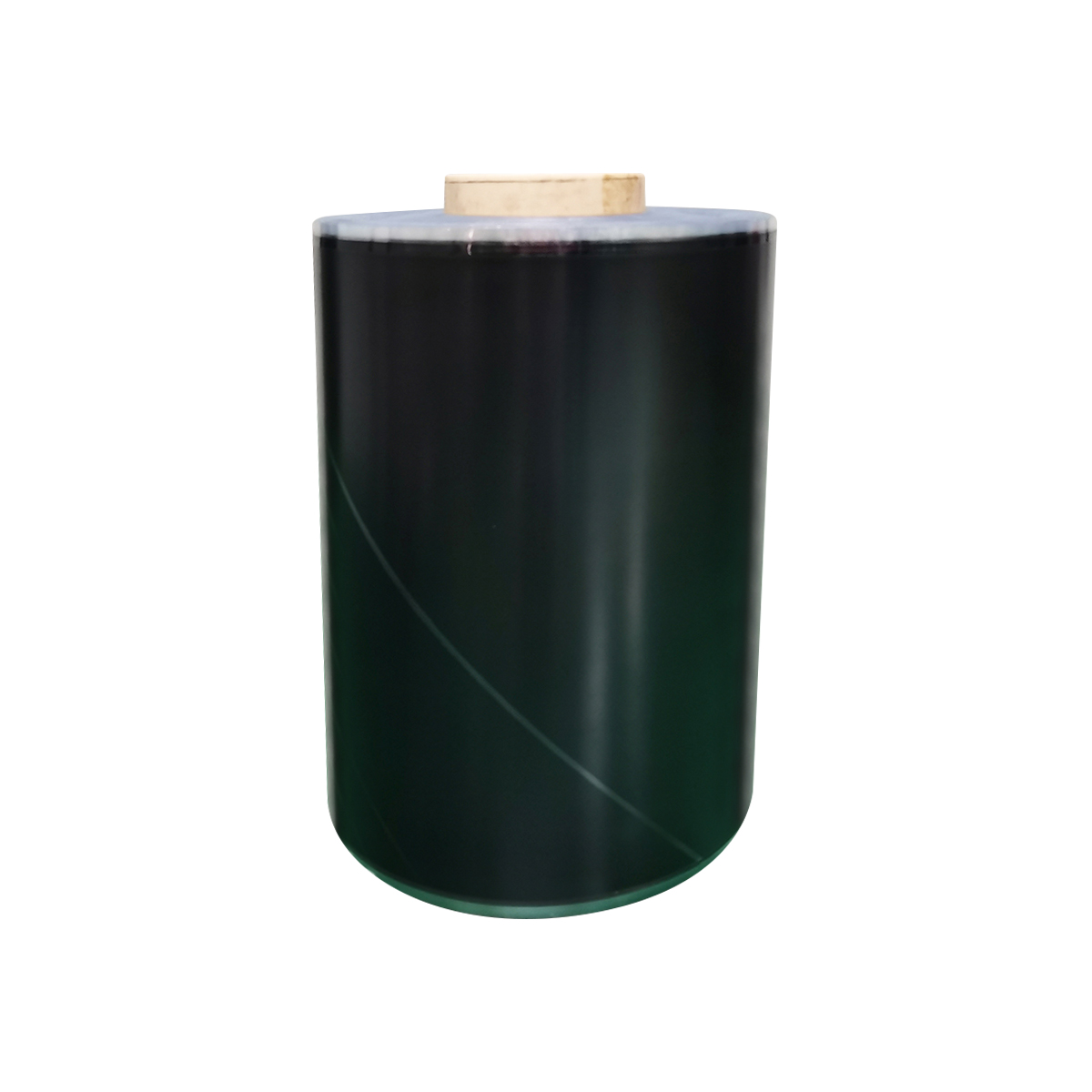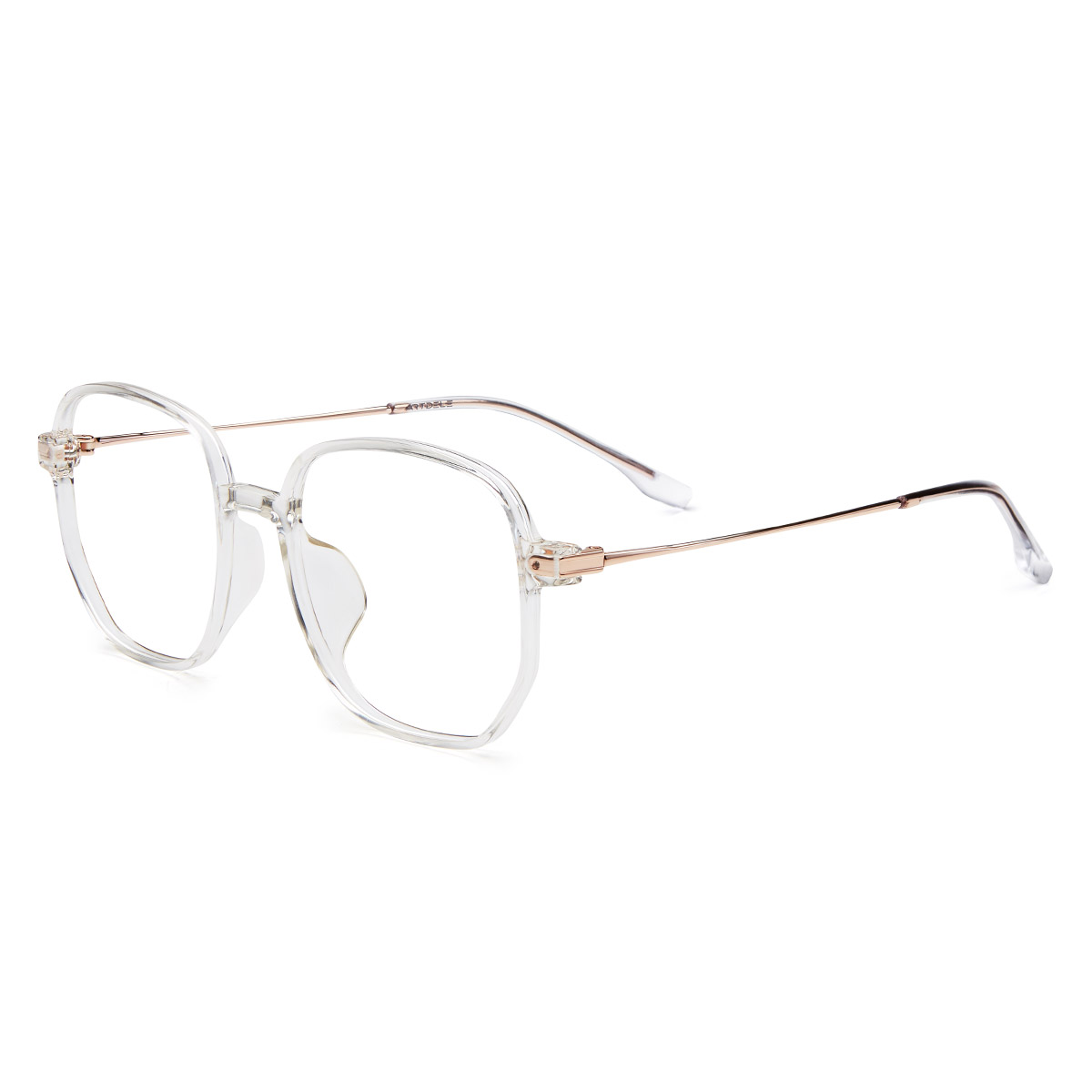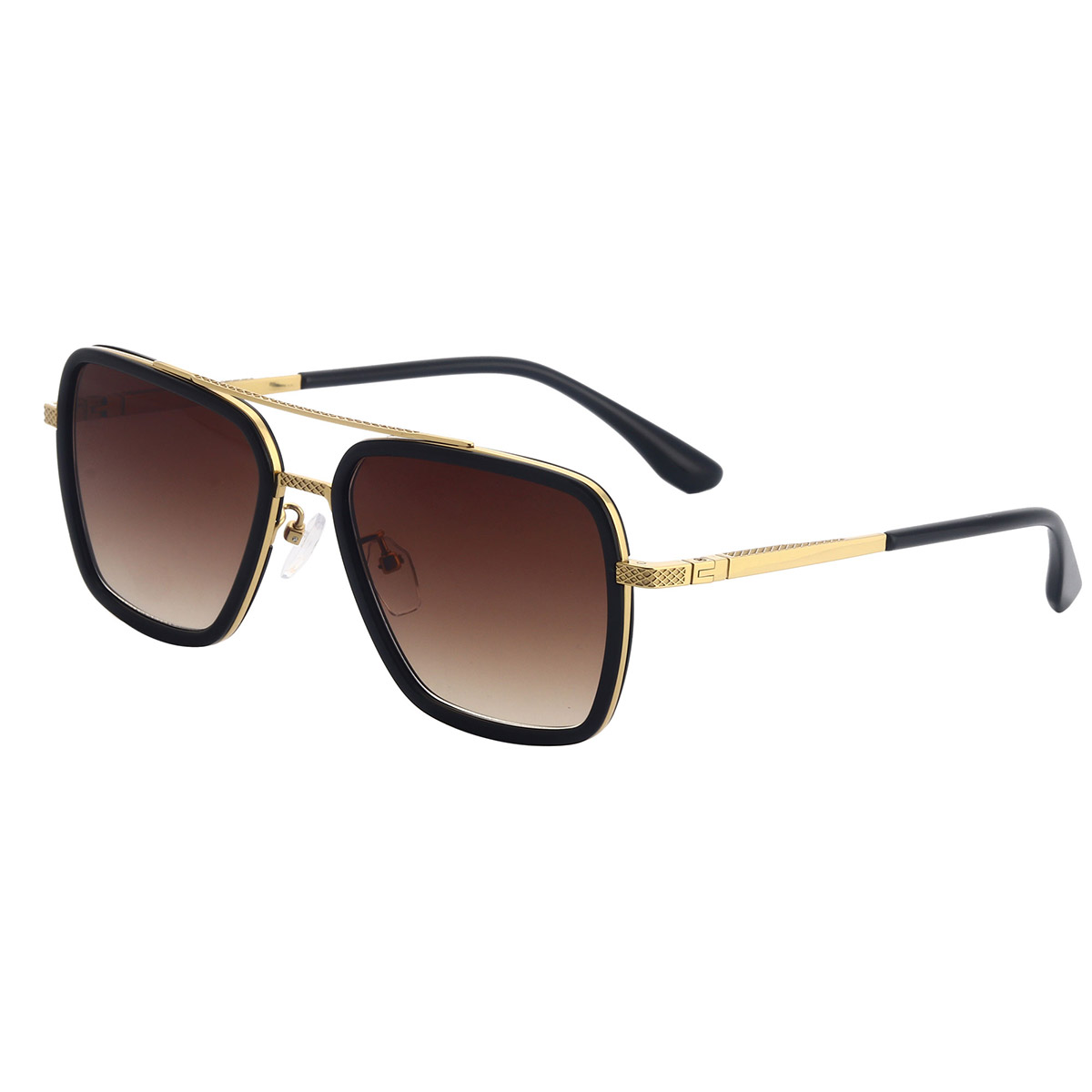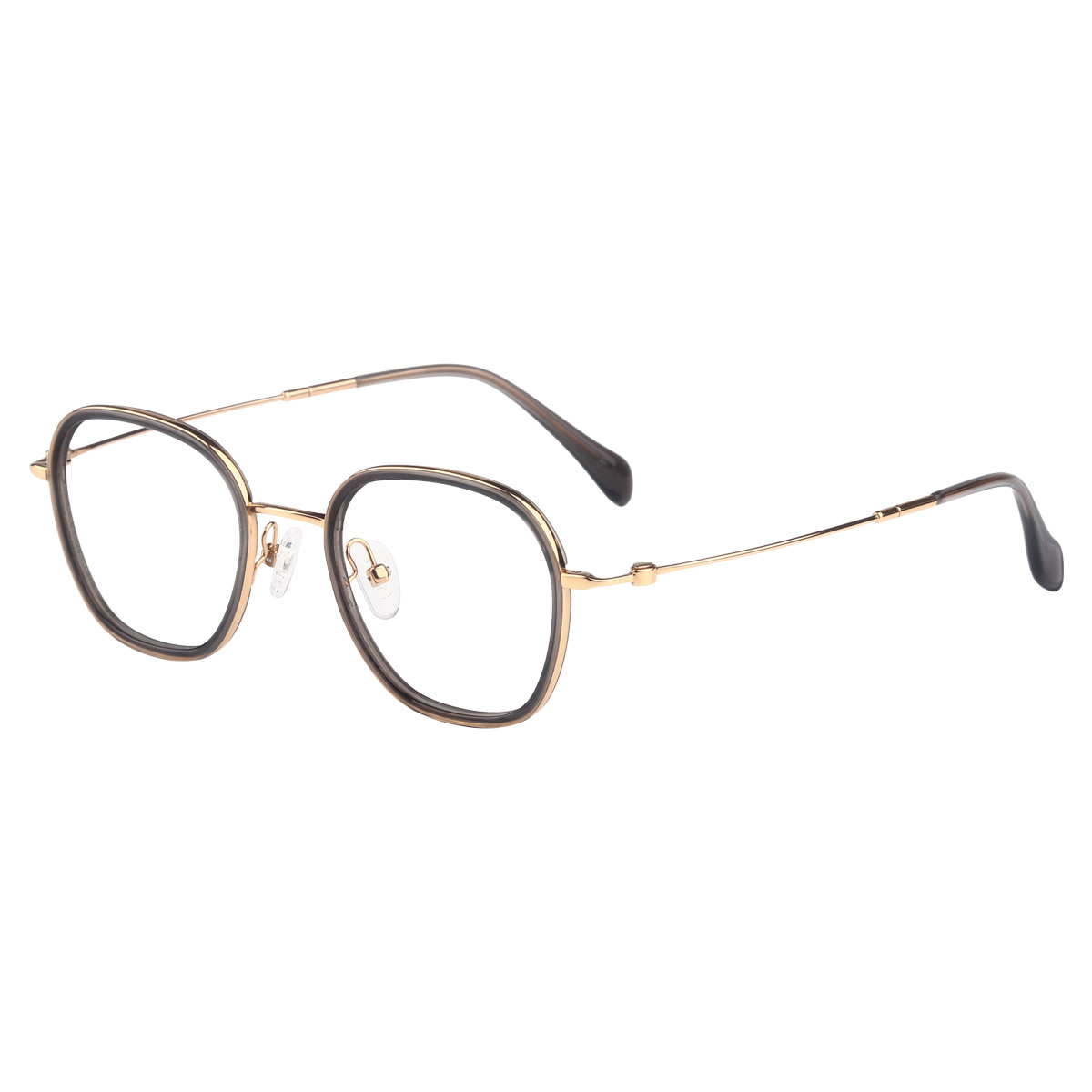| Material |
TAC, PVA, Retardation film, Adhesive, Protective film |
| Thickness |
0.28MM/0.38MM/0.70MM |
Product advantages
Sustainable material system
Using bio-based polyester and recycled engineering plastic composite technology, the material can be recycled in a closed loop through physical crushing-melting process, and the number of recycling times reaches the industry-leading level. The production process has passed international environmental certification, complies with EU RoHS, REACH and other standards, and significantly reduces carbon footprint.
Advanced anti-scratch technology
Double-sided deposition of multi-layer nano-ceramic coating, combined with ion beam enhanced deposition process, the surface hardness reaches the industry standard level. After dynamic wear resistance test, the optical surface integrity can still be maintained under simulated daily use environment, ensuring the stability of imaging quality in long-term use.
Precise optical performance
The phase delay is controlled by precision coating process, and uniform circular polarization response is achieved in the visible light range of 400-700nm. The asymmetric optical design is adopted to effectively suppress crosstalk and maintain polarization efficiency consistency within the ±45° viewing angle range, which is suitable for professional display devices with high requirements for color reproduction and three-dimensional layering.
Modular design concept
The standardized interface design is adopted, which can be adapted to the mainstream optical engine architecture. Edge precision control is achieved through laser cutting technology, and integration with compensation film layers of different thicknesses is supported to meet the optical matching requirements of diversified applications such as AR/VR devices and 3D projection systems.
Long-life reuse capability
Special surface treatment technology reduces fingerprint adsorption, and with degradable cleaning coating, optical performance can be restored by regular wiping. According to laboratory testing, the lens can be reused more than 1,000 times under standard use conditions, significantly reducing the cost of use throughout the life cycle.
Scope of application
Augmented reality and virtual reality equipment: adapt to optical waveguide display modules, optimize the light efficiency utilization rate of the optical machine system, and improve the comfort of immersive interactive experience.
Professional 3D display system: compatible with digital cinema projectors and multi-channel projection fusion systems, supporting stereoscopic imaging of high frame rate dynamic images.
Industrial inspection equipment: polarization imaging modules used in machine vision systems can enhance the contrast and resolution of metal surface defect detection.
Medical imaging equipment: integrated into 3D laparoscopic observation systems, polarization filtering technology is used to improve the clarity of tissue boundary identification.
Outdoor optical instruments: polarization filter modules used in high-end telescopes effectively reduce glare interference in scenes such as water and snow.

 Search
Search EN
EN English
English Deutsch
Deutsch Français
Français Español
Español italiano
italiano cn
cn jp
jp kr
kr